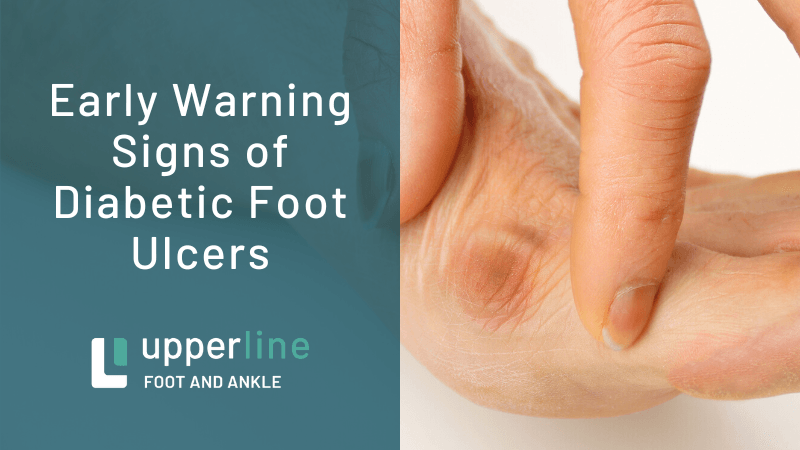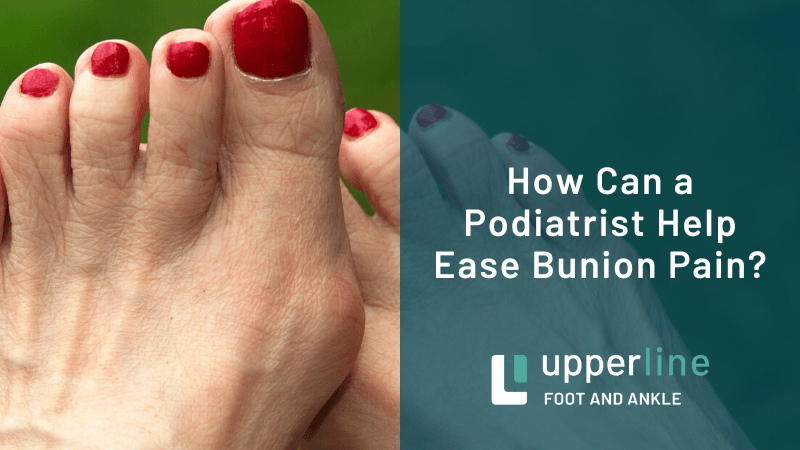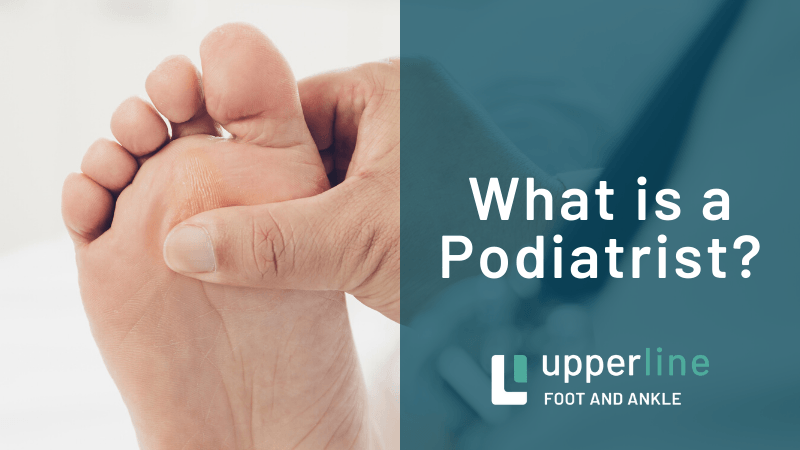Is Foot Surgery the Way to Go?
We see it all the time.
A patient hobbles into our office, barely able to walk. They’re in pain every day. None of their shoes fit comfortably any more. Corns have developed in areas where a bulging bunion or crooked hammertoe rubs against the inside of the shoe.
At that point, there’s no getting around it. We tell our patient that surgery is probably the only realistic option.
“Why didn’t you come to see us sooner?” we ask.
“I was afraid you’d tell me I need surgery.”
…
It’s a misconception that podiatrists are always pushing surgical treatments for their patients. We may be foot surgeons, but that doesn’t mean we’re rushing to get you on an operating table!
Quite the contrary: we see surgery as a last resort.
We are almost always going to recommend you exhaust any non-surgical options you may have before proceeding to the next step. And we’ve invested in a lot of high tech tools and state of the art options (like laser therapy ) to give you every possible alternative.
On the other hand?
Yeah, sometimes surgery is absolutely necessary. And that’s not necessarily a bad thing, even if it is a “last resort.”
After all, at the Foot & Ankle Associates of Florida you’ve got a great a team of experienced, board-certified foot surgeons with advanced training in the latest evidence-based surgical techniques.
Surgery may keep you off your feet for a few days or weeks, sure. But when surgery give you your life back and lets you do things you haven’t be able to do for years, we think you’ll agree that it was a small price to pay.
Or in other words, “last resort” doesn’t necessarily mean “bad option.” A lot of our foot surgeries have extremely high success rates and patient satisfaction levels.
So, what’s the dividing line between “let’s try conservative options” and “you need surgery now”?
That depends on the situation, but often times it comes down to a few simple questions:
- Is your foot pain frequent or severe enough that it’s interfering with your day-to-day activities, or preventing you from specific hobbies that are important to you?
- Have you tried all available conservative treatment options that could bring you relief, and found them insufficient?
If you can confidently answer these questions with a “Yes,” you’re probably at the point where we start to consider surgical options.
A Case Study: Bunions
Let’s look at a specific example of how these considerations might come into play.
Bunions are good case study because they cannot be truly “fixed” except through surgery. The bony enlargement and joint misalignments don’t go away unless a surgeon sets them back in the right place on the operating table.
But that doesn’t mean surgery is the first, only, or best solution to this problem.
Consider that, in the early stages of a bunion, the bump may still be quite small. The big toe might be shifted a little out of alignment, but not the point where the joints are stiff. You might have mild, intermittent discomfort but usually no serious day-to-day pain. You can still wear your normal shoes, enjoy your normal activities, and live your life the way you want to.
At this point, there’s really no need to “cut you open.” But that doesn’t mean you don’t need treatment.
What we will likely do is recommend some non-invasive therapies or strategies designed to reduce the pressure on your unstable toe joint.
For one, they can help you relieve any mild to moderate pain you may already be experiencing.
But perhaps more importantly, they can significantly slow down the rate that the bunion progresses, so you can delay the onset of any symptoms (and any need to treat them surgically).
In the case of a bunion, these proactive conservative treatments might include:
- Wearing shoes that are a little wider at the ball of the foot and around the toes, so your bunion isn’t irritated by friction or pressure.
- Wearing shoe inserts or custom orthotics that reduce force loads on the affected joint.
- Padding the bunion to reduce friction.
- Taping or splinting the big toe so that it sits in a straighter, more natural alignment.
- Stretching exercises for the feet and toes that strengthen the muscles and connective tissues that stabilize the toe joint.
- Temporary use of medications or icing to manage moderate pain and discomfort.
If you follow our conservative treatment plan and find that your bunion isn’t getting any worse or causing the kind of pain that reduces your quality of life on a daily basis, good news! Surgery is probably not something you need right now.
But let’s say you waited a little longer to get treatment. You didn’t come to see us until the pain was more constant and more disabling.
We may still recommend you start with conservative treatments and see if they help.
But six months later, you’re still experiencing daily discomfort. Or perhaps your ordinary day-to-day activities are going okay, but you can no longer play tennis, or go for long hikes or bike rides—and those things are really important to you and make you happy.
You can now answer all our questions with a “Yes.”
- Your pain is keeping you from what you love.
- You’ve tried the non-surgical options and they are not working, or no longer work.
At this point, we’re probably going to suggest some kind of reconstructive surgery to repair that bunion.
The lesson with bunions, as it is with most other potentially painful foot and ankle conditions? The earlier you come see us, the more likely we can help you without resorting to invasive options.
The sad irony of the patient we talked about at the beginning of this blog? She delayed seeing a doctor because she was afraid of surgery. But by waiting so long to get help, she basically guaranteed herself the outcome she had feared—when scheduling an appointment much earlier might have avoided it.
In Conclusion
Foot surgery is something that we try to avoid as much as possible. All things considered, we think you’d rather deal with painful problem non-invasively then have to go through the hassle of an operation, with all the associated discomfort, swelling, wearing a cast, limited weight bearing, rehabilitation, and the like.
But it’s also not something you should fear, either. If surgery is your best option, we’ll tell you. And while you won’t necessarily be thrilled to spend a few weeks or months in recovery, you absolutely will be thrilled with feet that can run, jump, and play again—all without pain or restriction!
And the sooner you seek help for your problem, the more likely we can get you back up to full speed in a short period of time, without requiring the operating table.
Make sense? We hope so!
And we’ve got more good news: we have five convenient locations to take care of you. So if your feet are hurting, give us a call today and we’ll get you in at your preferred office as quickly as possible.
Schedule an Appointment
Upperline Health has locations across Florida ready to care for your lower extremity needs.

Upperline Health Florida provides the highest quality integrated lower extremity care to patients in need through a skilled and compassionate team. We strive to deliver care in a consistent and high-quality manner.
Navigation










